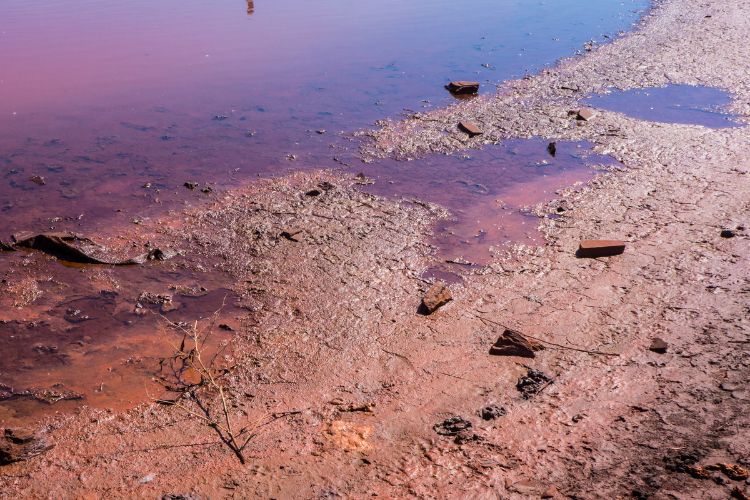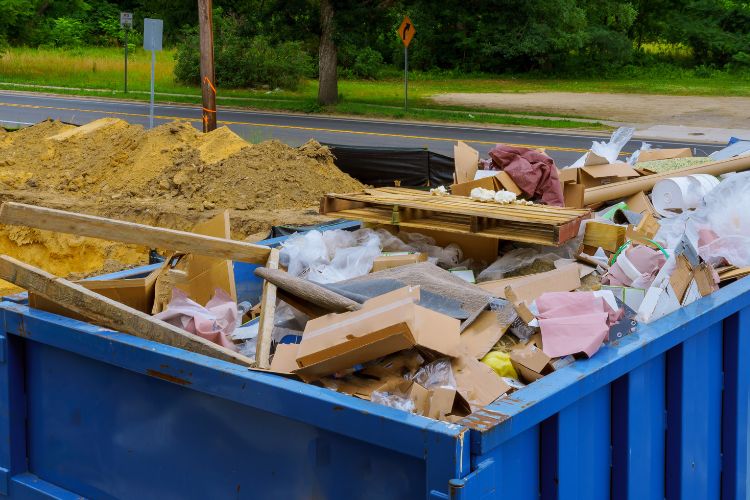Though unharmful when left undisturbed, exposing acid sulphate soil to oxidation can have a range of negative consequences for the environment, infrastructure and even human health. Let’s look at what acid sulphate soil is exactly and discuss the steps you should take to handle this issue. Understanding what you’re dealing with will help you develop the right solutions for your situation.
What is acid sulphate soil?
In short, acid sulphate soils are any soil or sediments that are saturated with water, are nearly oxygen-free and contain high levels of iron sulphate. This is a naturally occurring process in soil that has long been inundated by water.
Though safe and harmless when left undisturbed, when interfered with and exposed to air, it can generate and release sulfuric acid, iron, aluminium and other heavy metals. This can have serious environmental consequences.
Effects on plant growth and wildlife
The release of heavy metals from acid sulphate soil can dramatically impact nearby flora and fauna, potentially killing animals and plants in the area. Only very specific plants that have evolved to grow in high-acidity soil can survive and thrive in acid sulphate soils.
Rainfall can potentially move these damaging chemicals into water sources and neighbouring areas of soil. This can be catastrophic for fish, plants and other living things in the polluted area.
Effects on Infrastructure
Acid sulphate soil can be a volatile and corrosive environment for infrastructure. Sulphate acid can corrode concrete, steel, iron and even some aluminium alloys. This can severely affect roads, buildings and other structures unless specific steps are taken to combat this.
Economic effects
A wide range of industries can be negatively affected by disturbing acid sulphate soil or disposing of it incorrectly. These include:
- Recreational and commercial fishing
- Farming, including cropping, dairy and grazing
- Environmental preservation
Effects on human health
While there are concerns about the effects of oxidised acid sulphate soil on human health, more studies need to be conducted to achieve a scientific consensus. However, the fears that experts have regarding acid sulphate soil include:
- Stunted growth, mental impairment and poor overall health due to drinking or bathing in infected water.
- Irritation to the skin, such as dermatitis.
Things you need to be aware of when dealing with acid sulphate soil
In Australia, acid sulphate soil is estimated to cover around 2.5 million hectares or 6% of the total land area. Most of this will be in coastal areas or sites near swampy conditions. If you have to deal with acid sulphate soil, here are a few things you need to be aware of.
Where is acid sulphate soil usually found?
Acid sulphate soil occurs in coastal areas and places regularly inundated with water. Some situations that could result in you coming into contact with acid sulphate soil include green waste removal (if you live close to waterways), a community volunteer initiative, such as a clean up or club project, or a commercial clean up for a building or the annual garden maintenance of a shared living resort or residence.
What are the risks of disposing of acid sulphate soil?
For any soil, you’ll need a specific soil/dirt skip bin for removal and transportation. Acid sulphate soil (or any hazardous material) must be responsibly disposed of to avoid causing further environmental damage. When moving acid sulphate soil, the soil needs to be kept wet and submerged in water throughout the entire handling process. Doing any of these things incorrectly could cause more problems than it solves; therefore, you should leave it to a professional with experience in this area.
Are there any treatment options for acid sulphate soil?
Whenever acid sulphate soil is disturbed, it needs to be treated to combat any potential issues. The most common acid sulphate soil treatment method is to introduce an alkaline material to the affected soil to balance the acidity.
Avoiding soil disturbance is the easiest and safest step for most people, as soil management can become complex and requires appropriate training to do it correctly. Removal is usually reserved for when these methods are either ineffective or if there is a reason why the soil needs to be removed.
How do I know if my soil is hazardous?
When undisturbed, acid sulphate soil is often a dark blue or black colour and lacks any real structure. It can contain a lot of clay or even sand or gravel.
If you’re unsure whether your soil is hazardous, you can have a soil test performed on your property. Soil tests are a very common procedure that is standard whenever construction is about to take place on a block of land.
What are the legal requirements for removing acid sulphate soil?
When removing hazardous soil from a site, there are regulations on how it can be handled and where it can be disposed of. Your best bet is to check with your local council or to talk to someone from the waste removal industry. If you’re organising a clean-up project, you must be aware of any local government regulations regarding the disposal and management of acid sulphate soil.
Landfills need to be authorised to accept acid sulphate soil. Talk to a waste management expert or local council about the correct place to dispose of any hazardous materials in your area.
Call Best Price Skip Bins for all your waste removal needs
Whether you’re removing soil, garden waste or recycling, the Best Price Skip Bins team can supply the best skip bin for you. We can recommend the perfect skip type and size for your project by answering a few simple questions on our website. For more information or advice on removing any materials, contact us today!


